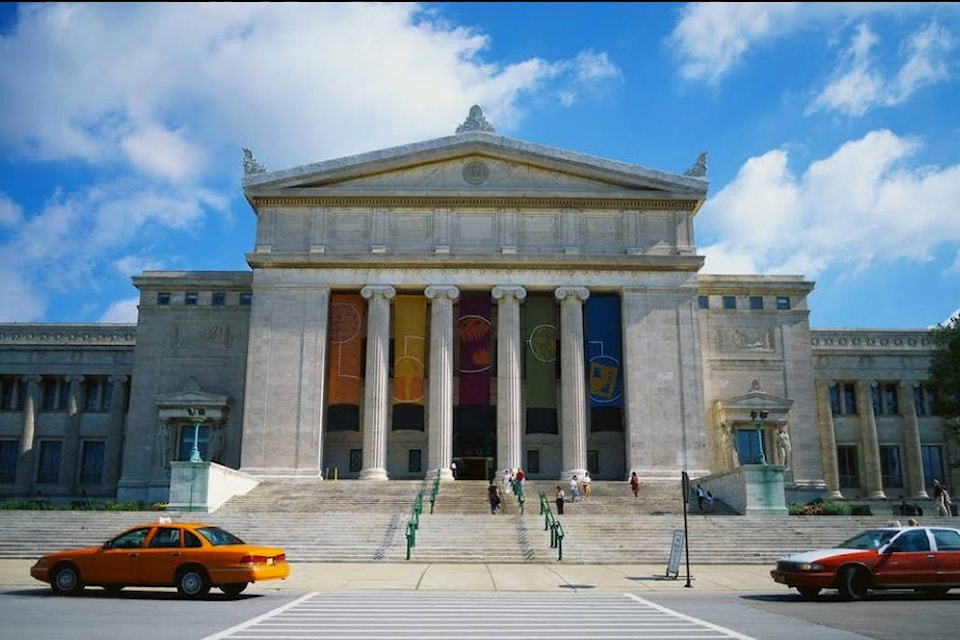The Nuu-chah-nulth Tribal Council has received a $30,000 grant from the Royal B.C. Museum in Victoria to repatriate ancestral remains from both the RBCM and Field Museum of Natural History in Chicago.
The grant, from the RBCM’s Indigenous Advisory and Advocacy Committee, was one of 21 handed out to First Nations communities across B.C. to support their work in repatriation projects. A total of $586,160 will be distributed among the successful applicants, which included First Nations communities, cultural societies and associations, and museum societies.
“We want to get a committee together of all Nuu-chah-nulth to repatriate human remains that are in the Chicago Field Museum,” Nuu-chah-nulth Tribal Council (NTC) president Judith Sayers said. “There are quite a number of our ancestors (around 50) that we want to bring home that are only labeled ‘Nuu-chah-nulth’.”
There is also one Nuu-chah-nulth ancestor whose remains are at the RBCM that the NTC would also like to repatriate.
Sayers said it’s early days for the project, so the tribal council doesn’t know what they will do with the remains once they are returned to Nuu-chah-nulth land—that is one part of the discussion the repatriation committee would have to have.
“It’s great to have this grant to be able to do some important work, to bring our ancestors home,” she added.
Sayers heard about the remains at the Chicago museum from someone in the South Island who was doing some research at the museum. “They noticed a lot of Nuu-chah-nulth remains there.”
Sayers wrote to the museum and received a list of Nuu-chah-nulth ancestors’ remains at the Chicago facility. She said the museum is cooperative with their discussions. “We’re at the beginning stages of this process. We’ve got a lot to do,” she said.
The Nuu-chah-nulth Tribal Council has repatriated artifacts in the past, but not human remains. “That’s part of the discussion, is how are we going to do it.“
Three other Nuu-chah-nulth First Nations also received grants for various repatriation projects. “Each individual First Nation will repatriate their own human remains with their own protocols,” Sayers said. “The (Nuu-chah-nulth) Tribal Council is working on ones that are only identified as ‘Nuu-chah-nulth’ with no specific First Nation identified.”
The Ahousaht First Nation was awarded $30,000 for repatriation of ancestral remains of Ahousaht members discovered at the RBCM. The grant will also assist the Ahousaht FN build capacity and broaden their search to repatriate members back to Ahousaht territories.
Tla-o-qui-aht First Nation on the west coast was awarded $30,000 to create a repatriation committee and develop a strategic plan for repatriation of their ancestors, research and mentorship with other nations.
The Yuquot-Mowachaht Muchalaht First Nation will use their $30,000 grant to create an advisory committee and work on repatriation of the Whaler’s Shrine in the Museum of Natural History in New York.
The Ucluelet First Nation, which is a Maa-nulth Treaty nation, received a grant of $21,837 to create bentwood boxes and acquire appropriate storage for their nation’s artifacts and remains at its offices. The grant will help Ucluelet FN to continue its repatriation work of ancestral remains and artifacts.
The repatriation grant program is the first of its kind in Canada, according to the RBCM, and is part of the ongoing collaboration between the RBCM and Indigenous communities throughout B.C. to address the Calls to Action of the Truth and Reconciliation Commission and the direction provided by the United Nations Declaration on the Rights of Indigenous Peoples.
“Museums around the world, including the Royal BC Museum, have a moral obligation to support Indigenous communities engaged in repatriation,” said Prof. Jack Lohman, CEO of the RBCM.
“Providing this financial support for repatriation projects across the province is one way for this museum to put its full institutional weight behind reconciliation efforts.”
Repatriating ancestral remains is important, Sayers said.
“It’s really important for us to that, so they can be at rest and back home. Just like bringing our people home that are alive today, we have to do that with our ancestors so they can be at peace, knowing they’re back home.”
